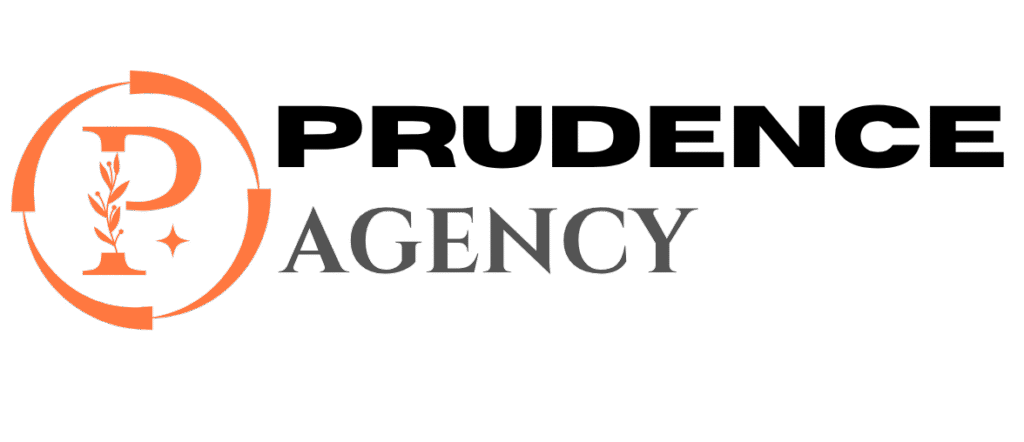Collaborating with Artists in Game Design: Best Practices & Tips
In the dynamic world of game design, collaboration is key to crafting immersive and visually stunning experiences. One of the most important partnerships in this creative journey is the collaboration between game designers and artists. When these two roles work tightly together, the result is a cohesive game that not only plays well but looks incredible.
Why Collaborate Closely with Artists in Game Design?
Game design is not just about writing code or creating game mechanics; it is about storytelling through visuals and interactivity. Collaborating effectively with artists brings attention to detail, creativity, and aesthetic finesse that elevates a game beyond functional gameplay.
- Ensures Visual Consistency: Collaborating early keeps all art assets aligned with the game’s theme and style.
- Enhances User Experience: Well-integrated art helps make gameplay intuitive and engaging.
- Speeds up Development: Clear communication between designers and artists reduces bottlenecks and revisions.
- Promotes Innovation: Artists often have fresh perspectives that inspire new gameplay ideas or storytelling techniques.
Key Roles Artists Play in Game Design
Artists contribute to many aspects of game design, from high-level concepts to fine details. Understanding their role helps design teams collaborate efficiently:
| Artist Role | Responsibilities | Impact on Game Design |
|---|---|---|
| Concept Artist | Creates initial character and environment designs | Shapes the game’s visual identity and mood |
| 3D Modeler | Builds 3D environments, objects, and characters | Provides assets for immersive gameplay worlds |
| Animator | Breathes life into static models through motion | Enhances storytelling and player engagement |
| UI/UX Artist | Designs interfaces and visual cues | Improves navigation and player interaction |
| Texture Artist | Applies surface details to 3D assets | Adds realism and depth to visual elements |
Practical Tips for Successful Collaboration with Game Artists
Working with artists is rewarding but can come with challenges if communication and expectations aren’t clear. Below are actionable tips to foster strong collaboration:
1. Start Collaboration Early
Involve artists from the initial design phase to align concepts and avoid costly redesigns later. Early involvement helps them understand gameplay mechanics and narrative goals.
2. Maintain Clear and Frequent Communication
- Use collaborative tools like Slack, Trello, or Asana to keep everyone on the same page.
- Hold regular meetings to review art assets and provide feedback.
3. Define Art Style and Specifications
Agree on a coherent art style guide and technical specifications upfront, including resolution, polygon count, and color palettes. This prevents confusion and streamlines asset creation.
4. Give Constructive and Specific Feedback
- Instead of vague comments like “make it better,” specify what changes you want, e.g., “increase contrast to improve visibility.”
- Encourage dialogue by asking artists for their thoughts and possible solutions.
5. Respect the Artist’s Creative Expertise
Trusting artists to make creative decisions fosters a positive work environment and often leads to innovative results. Collaboration means blending ideas, not micromanaging.
6. Use Version Control for Art Assets
Implement asset management systems (such as Perforce or Git LFS) for tracking revisions and avoiding overwrites, helping keep the process fluid.
Benefits of Effective Collaboration with Artists in Game Design
The advantages of collaborating well with artists extend beyond just aesthetics.
- Improved Game Quality: Collaborative synergy results in polished, visually consistent games.
- Faster Iterations: Clear workflow reduces back-and-forth and speeds up development.
- Enhanced Player Engagement: Art flourishes gameplay immersion and emotional connection.
- Better Problem Solving: Diverse viewpoints lead to creative solutions for design challenges.
Case Study: Collaboration in “Ori and the Blind Forest”
One renowned example of excellent collaboration between designers and artists is the game Ori and the Blind Forest. The developers at Moon Studios emphasized a close partnership between gameplay designers and artists. The result was breathtaking hand-painted visuals tightly integrated with fluid game mechanics, creating a memorable emotional experience praised by players and critics alike.
This collaboration involved:
- Joint iterative design sessions on level layouts and art elements
- Early prototyping of gameplay with placeholder art evolving into final assets
- Continuous feedback loops that balanced visual storytelling with game pacing
Personal Experience: Navigating Challenges and Triumphs
From my own projects, the most significant lesson is the power of empathy. Understanding the artist’s process and constraints builds mutual respect. Sometimes deadlines pressure both sides, but a solution-oriented mindset – like brainstorming alternatives together – can turn potential conflicts into creative wins.
Additionally, pushing boundaries through collaborative brainstorming often reveals unexpected artistic solutions that enhance gameplay in ways a single discipline couldn’t achieve alone.
Conclusion: Making the Art of Collaboration a Cornerstone in Game Design
Incorporating artists seamlessly into the game design process is not optional but essential for developing compelling, immersive, and beautiful games. By understanding their pivotal roles, adopting best communication practices, and appreciating their creative expertise, game designers can build stronger teams and craft standout titles.
Remember, the best games are born where technology meets creativity – and that magic happens where designers and artists truly collaborate.











